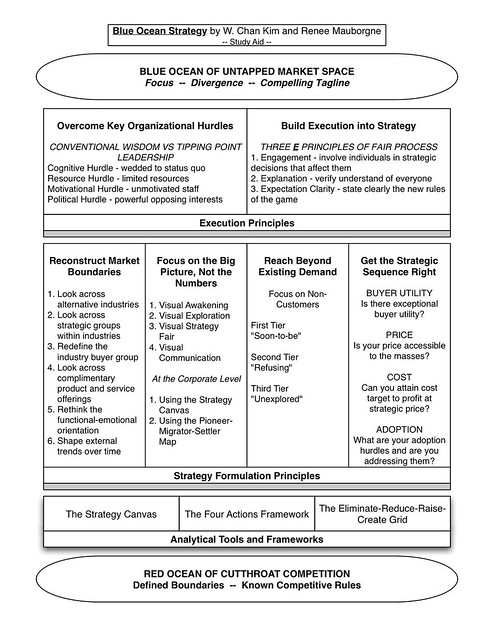Dr. Viktor E. Frankl is a world famous psychiatrist and is credited with developing the approach to psychotherapy known as logotherapy. Many of his teachings and insights into logotherapy were developed and refined during his five-year stay in Nazi concentration camps. This book is split roughly in two. The first half is a rather detached narrative of his stay in the death camps. The second half builds on the observations of the first half and provides a description of logotherapy and directions on how to apply it for psychotherapy.
For a short description of logotherapy, see Frankl’s words below. I have tried to get the punctuation correct based on audio only, so forgive me if I have made any errors:
Logos is a Greek word which denotes meaning…Striving to find a meaning in one’s life is the primary motivational force in man. That is why I speak of a will to meaning, in contrast to the pleasure principal, or as we could also term it, the will to pleasure, on which Freudian psychoanalysis is centered. As well is in contrast to the will to power, on which Adlerian psychology, using the term striving for superiority, is focused.
Frankl has a lot of backup for supporting his theories. For instance, he cites a Johns Hopkins study that asked 7,948 students at 48 colleges “what they considered very important to them now.” Well, 16% answered “making a lot of money” and 78% said “finding a purpose of meaning to my life.” It is not hard to convince me of the “beneficial impact of meaning orientation” but this book is filled with many, many more examples of how he and others have used logotherapy to make sense of our world and assist people in resolving any number of maladies like depression, grief, and despair.
Frankl describes and clarifies the search for meaning. I am paraphrasing a little, but he says:
The meaning of life changes, but never ceases to be…discover it in three different ways, (1) by creating a work or doing a deed, (2) by experiencing something or encountering someone, or (3) by the attitude we take towards unavoidable suffering.
The second one really got my mind swirling. How many times have you read a particularly moving piece of literature, seen a movie that made you see something in a different light, or caught somebody transcending human nature and giving themselves over to an act of selflessness? Doesn’t that just clarify things in your mind about how the world actually works, how the world should work, and how you can fit into the world? Those moments of clarity need to be grasped, examined, and used to find your meaning in life. This made sense to me and I think I can apply it.
There is a lot more stuff. This does not feel like a self-help book and I don’t even know where I would put it in the bookstore – maybe in the medical or philosophy sections. I need to get it in print because there are quotes, examples, and sub theories that I would like to examine more closely, but it’s difficult to do that with an audio book. Great stuff and it has the potential to change your life.
